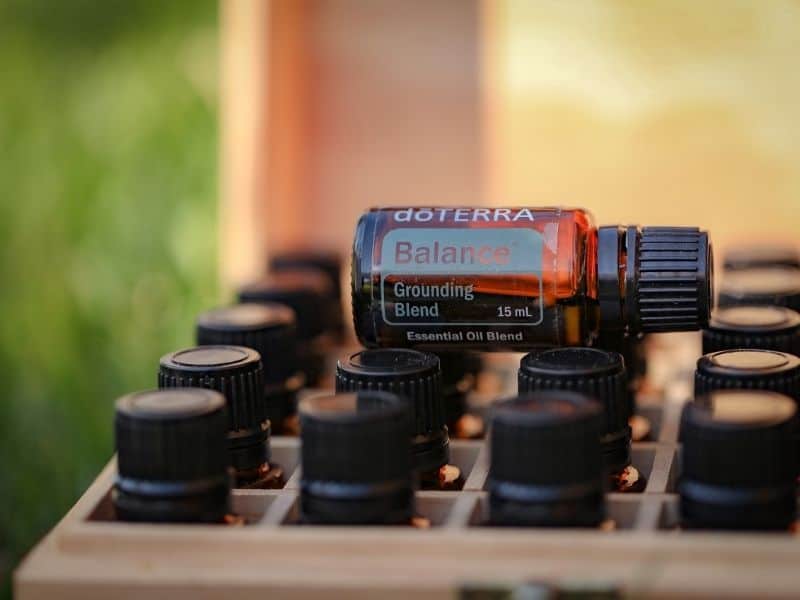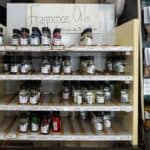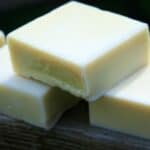When making hot process soap, you’ll want to add fragrance oil to get the desired scent. How much you add will depend on how strong you want the scent to be. So, let’s take a look at how much fragrance oil you should add to hot process soap.
Add 1% to 5% fragrance oil to hot process soap. This will give you a scent that is not too overpowering but is still noticeable. Just be sure to test the scent first to make sure it’s strong enough for your preferences.
If you’re looking for a really strong scent, you can add up to 5% fragrance oil to hot process soap. However, be aware that this may make the soap smell a little too strong for some people’s liking. Again, it’s best to test the scent first before making a final decision.
How Much Fragrance Oil Should You Add?
The usage rate of the fragrance oil will decide its amount in the hot soap. However, it should not be more than five percent. In some cases, IFRA might allow you to add more based on the type of fragrance oil. But you can follow the usage rate to avoid any confusion. You can do the following calculation to know the exact amount.
Formula: Soap weight x usage rate = fragrance oil weight
Example: 921 x 0.05= 45.6
You can do this calculation to know the amount of fragrance oil in your soap. By following this simple step, you can decide the amount of any fragrance oil. But this is not the only way to know the amount. You can also consider other sources, including IFRA.
Some reliable sources say that the recommended amount of fragrance oil in cold process soap is 30g* for every kilogram of fats. But for the hot process soap, you can reduce the amount. It should be 15-20g* for every kilogram of fats.
You will find the usage rate in the percentage, and it can be a determining factor. If you do not want to calculate, you can consider using 5% percent. However, the IFRA sheet will allow you to add more based on your preferences. But you will have to understand the type of the oil before adding more than the recommended amount.
You can check the IFRA sheet instead of following the five percent. The benefit of this sheet is that it will offer the maximum amount you can use in your soap and other recipes.
Also, you will know how much addition can irritate your skin.
When Can I Add Less or More than Five Percent?
In some cases, you can add more or less without impacting the end product. However, instead of relying on the IFRA certificates, you will have to experiment to decide on a safe amount. The oil should not impact the integrity of the hot soap.
If you add more than five percent of fragrance oil, you might get too much aroma in your soap. However, some oils will have lower usage rates. In that condition, you can consider an exception. But you will have to know the scenario before going ahead.
According to the IFRA datasheet, you can add Alpine Snowdrift Fragrance Oil more to your soap. You can add around 15.2%. Also, there is no limit for McIntosh Apple Fragrance Oil. You can add any amount you want.
However, IFRA does not consider quality. But you will have to check the quality. Otherwise, more quantity can irritate your skin. You might experience other side effects as well.
There is no point in adding 100% fragrance oil to your hot soap. If you do so, you will not have a soap bar. Also, even if the recommended amount is five percent, you will have to consider the type of fragrance oil. Besides, you will find the different amounts for different oils in the IFRA sheet.
We can take the example of the carrot cake scent. You cannot add more than one percent. As stated by IFRA, any amount more than this will irritate your skin. Therefore, you will have to know the fragrance oil type before considering any amount.
Hot Soap Turned Brown
Different types of fragrance oils are available. You can use many of them in your soap. However, some oils will have a high amount of vanillin. It is a component that can impact the color of your soap.
If you see that the color is darker brown, you can add a white color vanilla stabilizer. Otherwise, you can replace that oil with something less vanillin.
Also, you can use essential oil. The benefit is that it will hold up better. The reason is that the saponification will cook off the oil. Again, you will have to check the IFRA sheet to know the exact amount.
Also, you can follow the above calculation formula to avoid any confusion. You can do your calculation to get the best outcome.
It is better to experiment with different oils. You might not get the best result in the first instance itself. But you can expect a better result and get a suitable soap after a few times.
How Much Is Too Much
There is no specific data about all the fragrance oils that say how much is too much. All the oils will have different ingredients and properties. When some oils can hold up better, others might impact the integrity. Also, some oils can affect the color and irritate your skin even if you add the recommended amount.
Additionally, the making process will have a role. For example, the amount will be 30g* for every kilogram of fats for cold process soap. However, it will be only 15-20g* for hot process soaps. It will be only 10g* for melts and pour soaps. It is an overall estimation. We have not considered the usage rate or the IFRA sheet. If you check the sheet, you might have a different result.
If you go with the above formula, the result will not be the same. There are different results from different sources. You can follow any of them. But if you are following the IFRA sheet, you should not follow the five percent estimation. Instead, you can get into the detail and know the exact amount of specific fragrance oils.
Fragrance oils will not help with more benefits. Hence, you should never consider more than five percent regardless of the type. Some oils can cause irritating smells. A few might irritate your skin as well.
You can decide the amount based on your skin type and preferences. Also, you will have to understand the soap-making process. If it is the cold process soap, you can add more fragrance oil. However, the hot process soap will require more attention.
You might find it similar to the cold process. But it uses a heat source for saponification. However, you will need less fragrance oil during the process.
Frequently Asked Questions
You should not add more than five percent fragrance oil to hot process soap. The amount may vary depending on the type of fragrance oil you are using. Additionally, the hot process soap making method will have an impact on the final outcome.
You can add the fragrance oil at the beginning of the hot process soap making or during the middle. However, you should never add it at the end. Additionally, you will have to be careful with adding too much fragrance oil. It might cause skin irritation or a bad smell.
Yes, you can add essential oil to hot process soap. However, you should check the IFRA sheet to know the recommended amount. Additionally, the essential oil will hold up better than the fragrance oil.
Conclusion
The amount of fragrance oil you need to add to hot process soap will vary depending on the type of oil you are using. Additionally, you should never add more than five percent fragrance oil to hot process soap.
The hot process soap-making method will have an impact on the outcome. You can add the fragrance oil at the beginning of the hot process soap making or during the middle. However, you should never add it at the end.
Additionally, you will have to be careful with adding too much fragrance oil. It might cause skin irritation or a bad smell. You can add essential oil to hot process soap. However, you should check the IFRA sheet to know the recommended amount.






